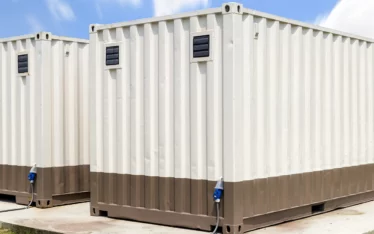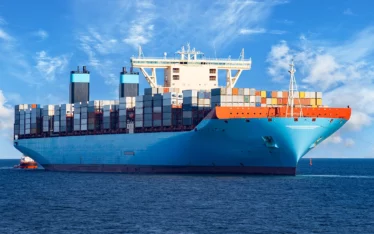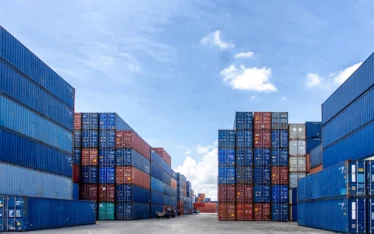Determining container size is one of the vital factors to pay attention to when choosing shipping containers. This determination helps you make informed decisions. But what is a shipping container size? It is a shipping box’s length but not necessarily its volume capacity because most shipping containers have a standard 8ft wide and 8ft 6 inches high. The standard sizes are 10ft, 20ft, and 40ft.
Based on your shipping container vendor, you can choose from various sizes. Our discussion shares more details on determining and selecting the correct shipping container size. Read on to make an informed choice.
1. Your Future Needs
People buy shipping containers for different reasons. Their needs vary and, sometimes, change with time. When determining the correct container size, you need, don’t only focus on your immediate requirements. Considering your unforeseen future needs is prudent.
For instance, do you foresee more users in that facility if you wish to use the container for housing or office space? If you do, choose a container size that will help you accommodate those needs without spending unnecessary cash. So, save yourself expensive measurement blunders by having your future needs in mind.
2. Maximum Capacity
Considering maximum box capacity is a must if you want to buy a container for transportation. However, remember that you may not always fill the container fully. Depending on your cargo’s nature, you may occasionally need to use dunnage or padding between your goods to secure them during transit. If you must wrap your items in dunnage, doing the wrapping ahead of time and measuring your cargo’s volume after padding is vital. This way, you won’t make mistakes calculating your container’s holding capacity.
Consider that an average twenty-foot equivalent box shouldn’t weigh more than 24,000kg when packed. Also, two twenty-foot equivalent boxes shouldn’t weigh more than 30,480kg when full. Remember, this weight limit includes container and cargo weight, ranging between 1,800kg and 4,200kg.

3. Cargo Size
You also need to consider your cargo size and weight before settling for a container of a given size. Your container’s interior dimensions are critical because they affect how much goods the box can carry. When moving boxes, consider their size and their packing to calculate how many units your shipping container can accommodate. This consideration also helps determine if you need to buy one or several containers to meet your transportation requirements.
4. Interior and Exterior Dimensions
Your container size choice must factor in interior and exterior dimensions. Why is this consideration necessary, especially if you need a storage box? Because you will need to get the right place to store the container. If you get it wrong by considering the interior dimensions alone, you might have severe storage problems if you have limited space. Things get more complicated when you wish to purchase several boxes to store on a limited piece of land.
5. Additional Uses
Shipping containers serve various purposes. You may buy a container for shipping today but use it for other purposes in the future. Therefore, look farther into the future to find out if you might need your container for other uses as time changes. Don’t forget that shipping containers come in standard sizes. So, choose the size closest to your immediate and future requirements.
For instance, you might buy a container for shipping items, but later, you might need to modify it for accommodation. Let’s assume that your accommodation needs for domestic or business use may require more space than your initial purpose. In this case, you should know all the available container size options to help you make the right decision.
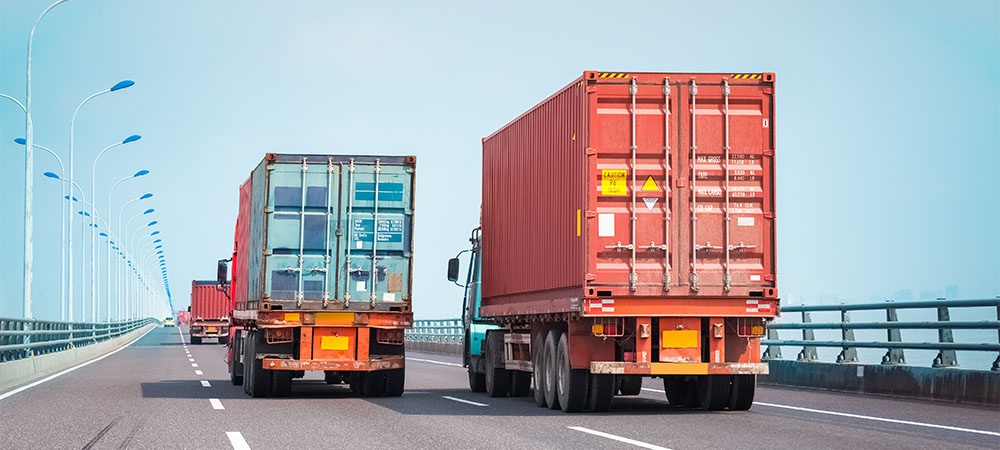
6. The Number of Staff Members Who Will Use the Space
If you intend to use your container for business, consider how many workers will utilize it. Think about how many will need to be in the container and what they will do there. Don’t calculate your staff’s space needs based on mere square footage per person. Instead, factor in enough space to enable them to dispense their duties freely.
Additionally, think about whether your employees will work on their feet or while seated. How will your workers’ workflow be? What objects and tools will they need to perform their daily duties? Answering these questions will help you calculate container size accurately.
Quick Tips to Remember When Choosing the Correct Container Size
Here are additional quick tips to remember when selecting an appropriate container size for moving cargo.
- Always remember that 20ft shipping containers are created to carry heavier
- Remember that 40ft shipping containers are meant to carry voluminous cargo and provide additional space for stacking pallets or more oversized transit goods.
- All the specifications in this article are industry averages, and equipment size or capacity slightly differs. So, be flexible when choosing yours.
- Usable volume figures are based on perfect loads without empty spaces. Therefore, achieving these capacity figures is impossible for most goods.
- Always remember that the actual capacity within any shipping container is a little over 80% of the maximum load capacity.
- Shipping lines set their weight restrictions differently based on the shipment’s nature and shipping details. So, check with your carrier to ensure your cargo doesn’t fall outside their specific guidelines.
- The limits stated above are the maximum allowed on Canadian highways. However, heavier-weight containers can be shipped with special permits and the necessary equipment.
- Load capacity restrictions for trucking differ among nations. So, check the local requirements for your shipment’s transit and final destinations before shipping them.
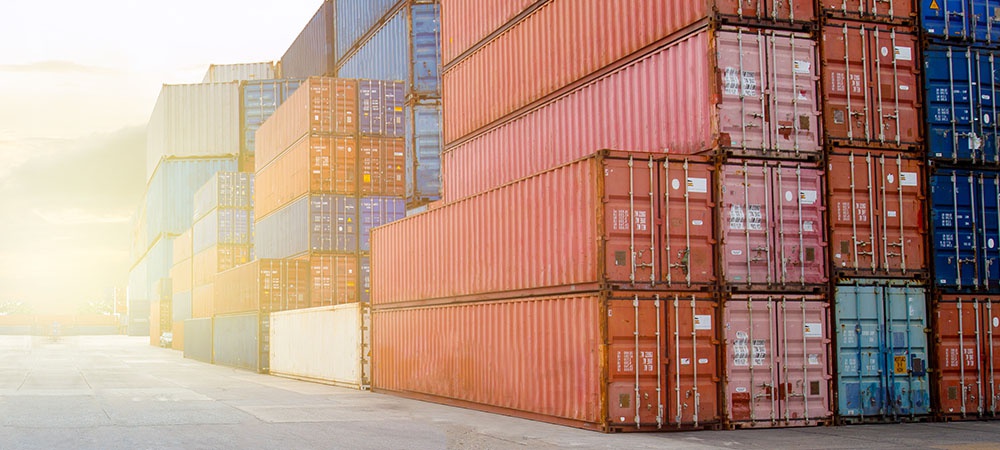
The Bottom Line
Determining and choosing a shipping container’s size is critical. It would help to consider many factors before settling for a particular shipping box size. This post provided you with all the details you need to help you make an informed decision.
Do you have shipping needs around Ontario but don’t have a reliable shipping partner? Don’t hesitate to contact us today for all your moving needs. Our doors are open; talk to us for a free estimate and consultation.


